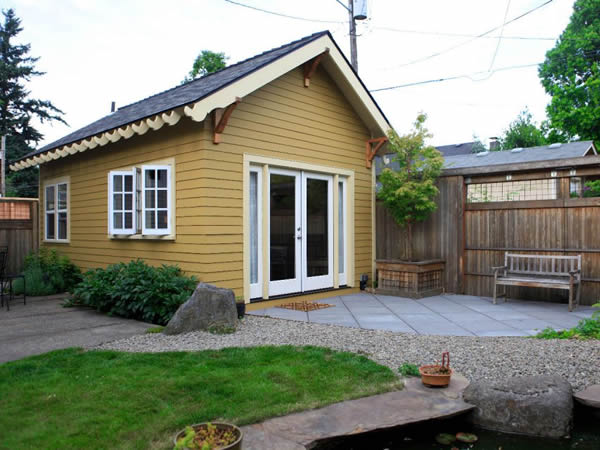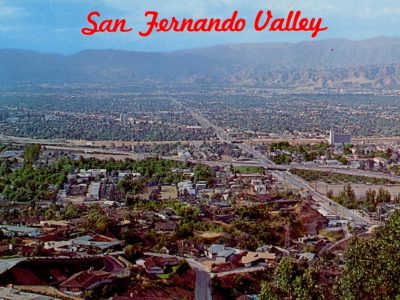Grandma Saves The City!
New Data Shows Hope For Affordable Housing In the Most Unlikely Place: Los Angeles

It’s not often that you get some good planning news from Los Angeles, but at least if you believe the City’s numbers, there are some.
The Planning Department’s latest housing numbers, from its year-end 2018 Quarterly Report, state that in light of SB 1069 (Wieckowski), which substantially liberalized the construction of Accessory Dwellling Units (ADUs), better known as “Granny Flats,” the city’s approval went by seventeen times. SB 1069 came into force on January 1, 2017, so this quite an extraordinary number. Granny flat permits have also increased by 42% during calendar year 2018 as well. In total, says the Department, 9,248 units have been approved – not nearly enough, but more than a drop in the bucket.
Now, we don’t know how many of these “new” units are actually new, or how many are people legalizing old units. Given estimates before SB 1069 that there were more than 25,000 illegal units, it shouldn’t be a surprise that many of these units might simply be conversions. But even in this case, it could yield a huge amount of housing benefits for people, as legal units will be stronger in terms of building and safety codes, and perhaps basic sanitation.

The geographical location of these units is of particular interest to land use geeks: they are overwhelming in the San Fernando Valley, the land of the classic California single-family ranch house. And this makes sense: converted garages is exactly where one would expect them to be. Much of the Valley belies its middle-class stereotype, as low-income areas like Pacoima and Arleta are prominent. But still, this points to ways in which cities can densify without turning into Manhattan. It is surely no accident that Minneapolis increased density not by bringing in skyscrapers, but rather by converting single-family neighborhoods into permitted-use triplexes.
These numbers point to the continuing need for states to hold cities’ feet to the fire when it comes to allowing more housing, especially affordable housing. As Margaret F. Brinig & Nicole S. Garnett demonstrated in 2013, tepid reforms only give cities the opportunity to evade requirements. Earlier California bills mandated that each city had to have an ordinance providing that granny flats are permitted uses and that they need to be “ministerial” in order to avoid CEQA requirements. Fine, said a lot of cities: we’ll comply. Anyone who proposes a 2,000 square foot granny flat an R-1 zone and pays exhorbitant sewer and water hook up fees can have a granny flat. Others said the opposite: anyone can build a granny flat under 200 square feet that no one wants to rent. Finally, SB 1069 mandated that each city have a granny flat ordinance that approves ADUs that people actually want to live in, have reasonable hook-up fees, no off-street parking requirements, and be permitted in single-family zones. And importantly – if a city doesn’t have these things, then state law applies.
Los Angeles has been under the state regime since January 1, 2017, which has led to such success. So of course it is now trying to establish its own ordinance. I have yet to analyze it, but am suspicious: if it ain’t broke, don’t fix it. But as George Shultz famously said of American politics: it’s never over. NIMBYs will always try to restrict housing. Jefferson is usually quoted as saying that “eternal vigilance is the price of liberty.” In Los Angeles, it’s just the price of finding an apartment.






Reader Comments